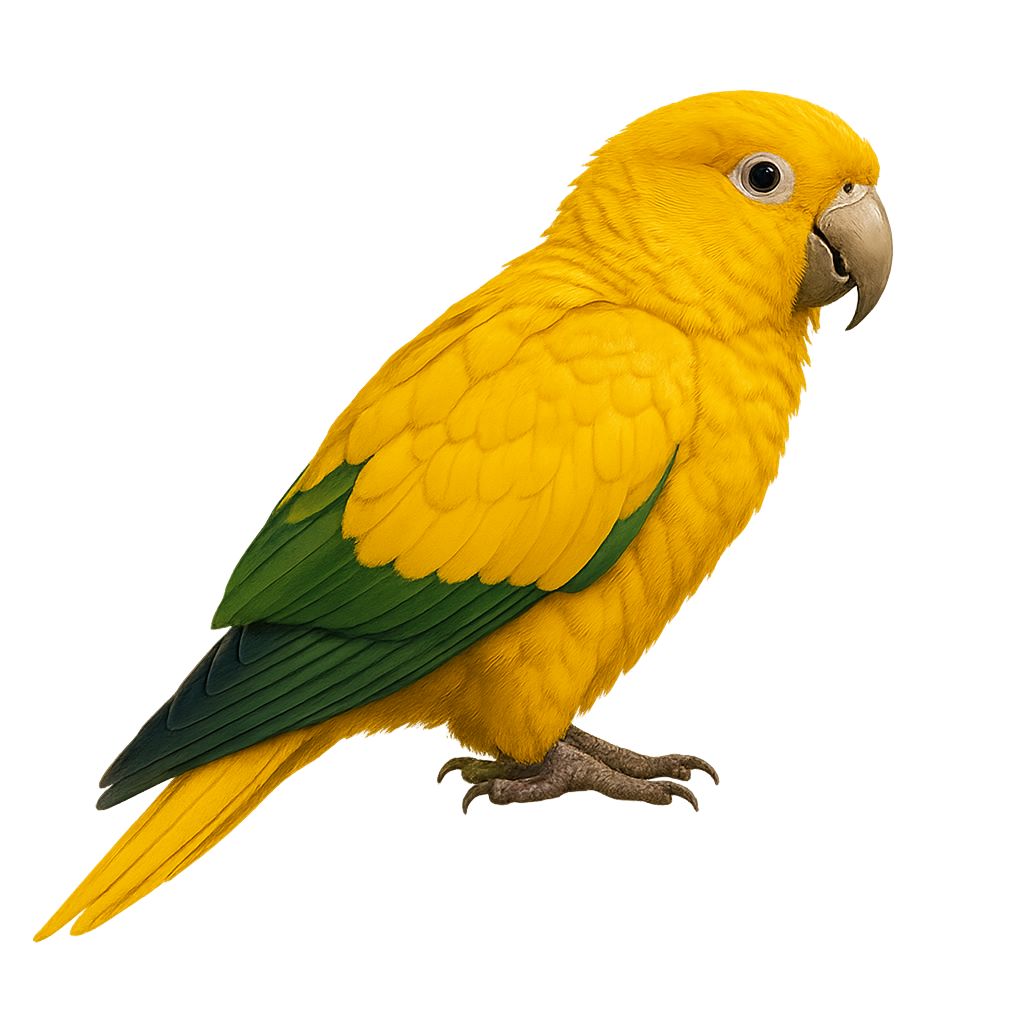Your wildlife photography guide.
Explore the golden parakeet in detail, study its behavior, prepare your shots.
Where to observe and photograph the golden parakeet in the wild
Learn where and when to spot the golden parakeet in the wild, how to identify the species based on distinctive features, and what natural environments it inhabits. The WildlifePhotographer app offers tailored photography tips that reflect the golden parakeet’s behavior, helping you capture better wildlife images. Explore the full species profile for key information including description, habitat, active periods, and approach techniques.
Golden Parakeet
Scientific name: Guaruba guarouba

IUCN Status: Endangered
Family: PSITTACIDAE
Group: Birds
Sensitivity to human approach: Suspicious
Minimum approach distance: 10 m
Courtship display: November to January
Incubation: 25-27 jours
Hatchings: December to February
Habitat:
Tropical forests, riparian zones, savannas
Activity period :
Primarily active during the day, with peak activity in the morning and late afternoon.
Identification and description:
The Golden Parakeet, or Guaruba guarouba, is a medium-sized bird known for its bright yellow plumage and green wings. Native to the Amazon rainforest in Brazil, it is often seen in noisy flocks. This species is threatened by deforestation and illegal trade. It primarily feeds on fruits, seeds, and flowers. Its social behavior is characterized by strong interaction within groups, and it is known for its curious and playful nature. The Golden Parakeet is a symbol of Amazonian biodiversity and the importance of conserving natural habitats.
Recommended lens:
400 mm – adjust based on distance, desired framing (portrait or habitat), and approach conditions.
Photography tips:
To photograph the Golden Parakeet, choose early morning hours when the light is soft and flattering. Use a telephoto lens of at least 400mm to capture details without disturbing the bird. Be patient and discreet, as these birds can be suspicious. Look for natural perches where they gather to feed. A tripod can be helpful to stabilize your camera, especially when using a long focal length. Remember to check your exposure settings to avoid overexposed areas on the bright yellow plumage.
The WildlifePhotographer App is coming soon!
Be the first to explore the best nature spots, track rutting seasons, log your observations, and observe more wildlife.
Already 1 449 wildlife lovers subscribed worldwide

